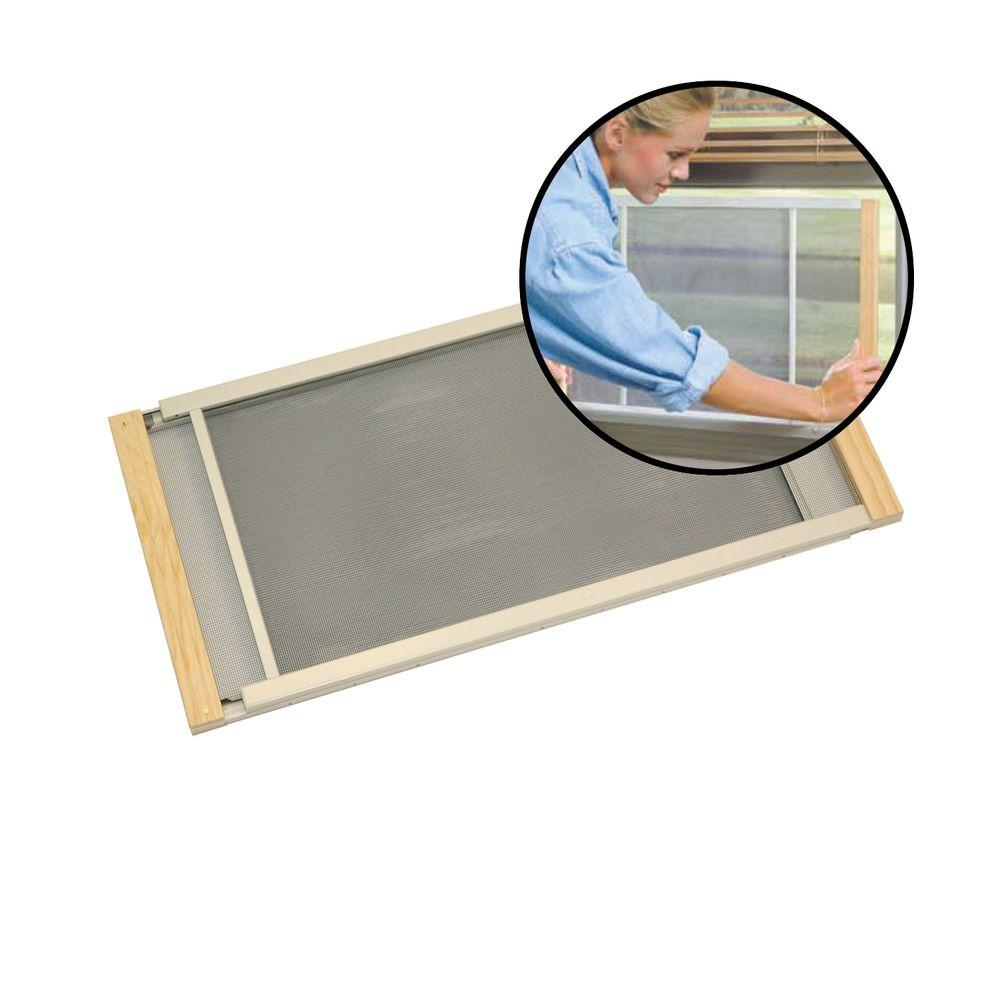


Typical exposure times can range from one second to 1/1,000 of a second, though longer and shorter durations are not uncommon. The duration for which the shutter is open is called the shutter speed or exposure time.
#Adjustable window screens display movie
In movie cameras, a rotary shutter opens and closes in sync with the advancement of each frame of film. Electronic shutters either record data from the entire sensor at the same time (a global shutter) or record the data line by line across the sensor (a rolling shutter). Ī digital camera may use a mechanical or electronic shutter, the latter of which is common in smartphone cameras. Covering the film also facilitates removing the lens from a loaded camera, as many SLRs have interchangeable lenses. The focal-plane shutter is typically used in single-lens reflex (SLR) cameras, since covering the film (rather than blocking the light passing through the lens) allows the photographer to view the image through the lens at all times, except during the exposure itself. The curtains or plates have an opening that is pulled across the film plane during exposure. This shutter operates close to the film plane and employs metal plates or cloth curtains with an opening that passes across the light-sensitive surface. More commonly, a focal-plane shutter is used. In this shutter, the metal shutter blades travel vertically. What is acceptably in focus is determined by the circle of confusion, the photographic technique, the equipment in use and the degree of magnification expected of the final image. A narrow aperture results in a high depth of field, meaning that objects at many different distances from the camera will appear to be in focus. This depth of field increases as the aperture closes. The wider opening at lower f-stops narrows the range of focus so the background is blurry while the foreground is in focus. The light entering the camera is halved with each increasing increment. The smaller the f-stop, the more light is allowed to enter the lens, increasing the exposure. Īs the aperture is adjusted, the opening expands and contracts in increments called f-stops. The size of the aperture can be set manually, by rotating the lens or adjusting a dial, or automatically based on readings from an internal light meter. Typically located in the lens, this opening can be widened or narrowed to alter the amount of light that strikes the film or sensor. Light enters a camera through the aperture, an opening adjusted by overlapping plates called the aperture ring. The first permanent photograph was made in 1825 by Joseph Nicéphore Niépce. The modern photographic camera evolved from the camera obscura. The word camera comes from camera obscura, the Latin name of the original device for projecting a 2D image onto a flat surface (literally translated to "dark chamber").

Similar artistic fields in the moving-image camera domain are film, videography, and cinematography. Captured images may be reproduced later as part of the process of photography, digital imaging, or photographic printing. The still image camera is the main instrument in the art of photography. A shutter mechanism determines the amount of time the photosensitive surface is exposed to light. Lenses focus the light entering the camera. Cameras have various mechanisms to control how the light falls onto the light-sensitive surface. At a basic level, most cameras consist of sealed boxes (the camera body), with a small hole (the aperture) that allows light through to capture an image on a light-sensitive surface (usually a digital sensor or photographic film). Most cameras can capture 2D images, with some able to capture 3D images. A camera is an optical instrument that can capture an image.


 0 kommentar(er)
0 kommentar(er)
